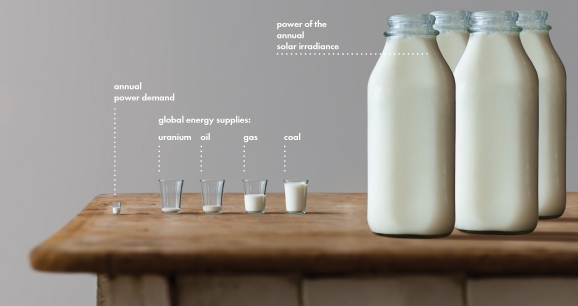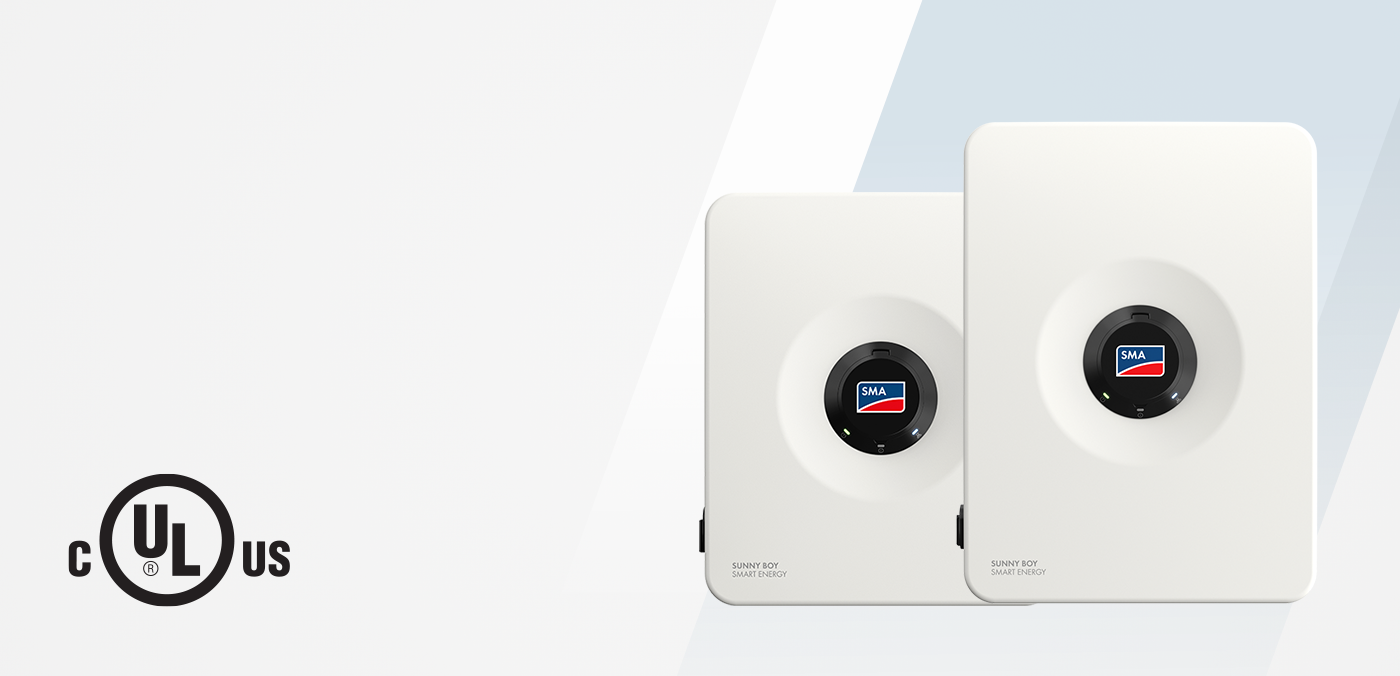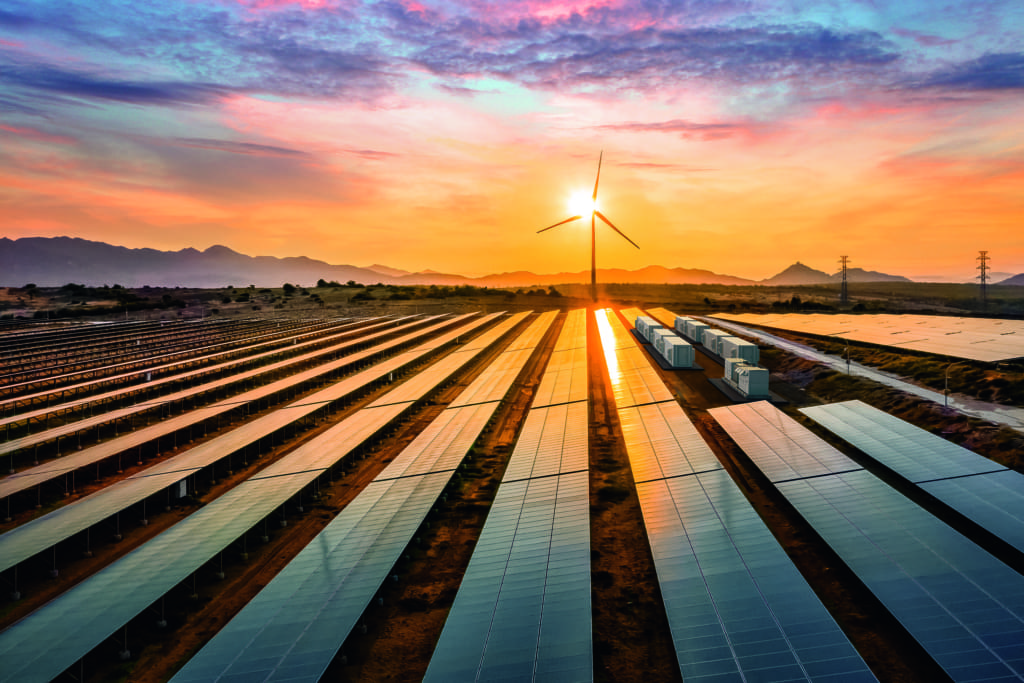Can We Still Afford Not to Use Photovoltaics?

What does the safe and clean energy supply of the future look like? How are we going to consume energy and how much is it going to cost? One thing is certain: Photovoltaics is set to be an elementary building block for the future of energy supply.
We need energy, every day and everywhere. 24 hours a day, seven days a week. Currently, 85 percent of what we consume globally comes from conventional energy carriers such as crude oil, gas, coal and even uranium. It is well-known that these sources are limited. The fact of the matter is that these reserves are dwindling in correlation with the rise in energy demand worldwide. Moreover, according to “BP Energy Outlook 2030,” global energy demand will have gone up by 40 percent by 2030.
While there are only 10,800,000 terawatts of nonrenewable energy available, there are 350,000,000 terawatts of energy available from the sun. Photovoltaics can guarantee the future supply of clean, reliable and safe energy. It is not tied to the uncontrollable price trend of fossil fuels, which is going in one direction. The cost of one kilowatt hour of PV power produced and consumed personally is already, in most cases, lower than the cost of one kilowatt hour of conventional electricity.
There is a lot going for photovoltaics, especially now in a time of subsidy cutbacks in many countries. The following six facts build a powerful case:
Six Good Reasons for Solar Power
1. Sufficient and Imperative
Even countries not known for an abundance of sunshine, such as Germany or England, are sunny enough to produce large amounts of solar energy. The yearly solar irradiation in these countries amounts to anywhere between 750 and 1,200 kilowatt hours per square meter (kWh/m²) depending on the exact location. That is approximately half the radiation intensity of the Sahara. Even if the sun ducks behind the clouds for a moment or two, a well-designed PV plant can generate power effectively despite the diffused light.
2. Intelligent and Stand-alone
Thanks to photovoltaics, electricity can be independently generated and consumed almost anywhere. Electricity produced and consumed personally is not subject to any unpredictable pricing. Intelligent energy management also increases flexibility by using energy resources at the right times. This provides for supply reliability and also unburdens the power distribution grid.
3. Sustainable and Clean
Renewable energy sources, such as photovoltaics, are not only inexhaustible but also protect us and the environment. In Germany, the world’s leading solar market, power generation from renewable raw materials saved around 127.6 million tons of CO2 emissions in 2011. That is roughly equal to the carbon dioxide emissions of the Netherlands over half a year. The cost of climate and environmental damage could be reduced by nearly ten million dollars. Solar power is rightly portrayed as one of the energy sources of the future – clean and 100percent environmentally friendly.
4. Stable and Reliable
Electrical costs are increasing between five percent and 10 percent each year. In some states this increase has reached almost 20 percent. Imagine being able to preserve the price of gasoline at an average of $3.88 per gallon, today for the next 20 years. Who would say no to that? Photovoltaics guarantees stable prices for every self-generated kilowatt hour of electricity for years to come, as costs depend only on the size of the investment and the number of hours of sun on site.
5. Efficient and Easy to Use
Photovoltaics has already achieved a very high technological standard. For example, SMA inverters reach an efficiency of up to 99 percent, meeting the highest safety standards. Apart from transforming direct current into grid-compliant and household-common alternating current, they perform important control and monitoring tasks. In addition, intelligent energy management including the use of storage systems ensures a rise in self-consumption of PV electricity.
6. Future-Oriented and Responsible
Those who decide to use renewable energy sources, such as photovoltaics, demonstrate a readiness to accept greater responsibility – the responsibility to leave behind conditions for future generations the same or better than it was left to us. This includes the preservation of an environment in which coming generations can flourish without limitation.





Feel free to contribute!
Thanks for your question or comment. Due to the holiday season we won’t be able to give you an answer before January 5th. Thanks for your understanding.